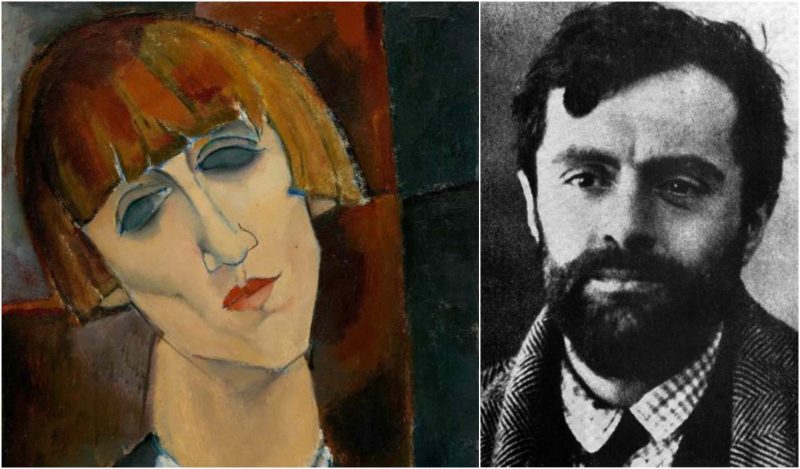Amedeo Modigliani is nowadays regarded as one of the most important Italian painters of the 20th century. His distinct style mostly features erotic nudes and portraits of women with elongated faces and figures.
His works of art have been sold for millions of dollars since the 1930’s, but his work was not particularly appreciated at the time when he was an active artist.
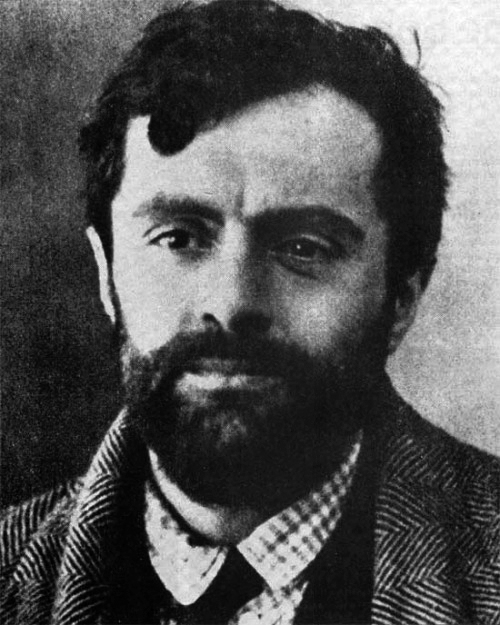
He was born in 1884 to a family of wealthy Jewish businessmen, and his talent for drawing and painting was prominent since he was a young child. Although his mother thought that pursuing a career in art would interfere with his regular studies, she wholeheartedly supported him and helped him to enroll with Guglielmo Micheli, one of the best Italian painting masters of the time.
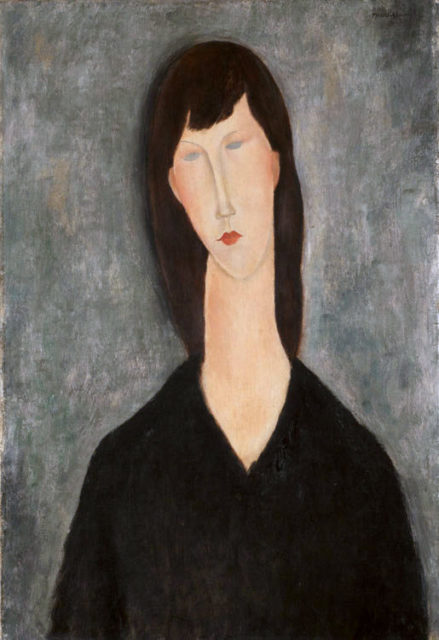
Modigliani defined his distinct style when he moved to Paris in 1906. He was heavily influenced by the avant-garde movement and the penniless Parisian artists who lived bohemian lives and despised the flashy world of the bourgeoisie.
Modigliani renounced his wealthy roots and chose to live in poverty for the rest of his life.
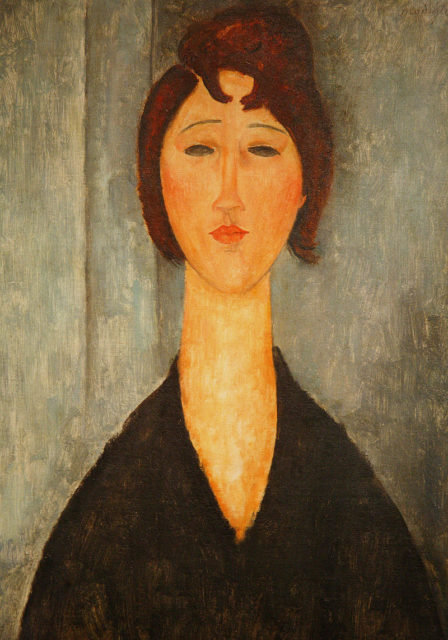
His life in Paris consisted of continuous alcoholism and substance abuse. He was known to smoke enormous quantities of hashish and drink absinthe for weeks in a row. The Parisian bohemian community named him the “prince of vagabonds” because his eccentricity knew no bounds: he often stripped naked at social gatherings and rudely insulted wealthy Parisians.
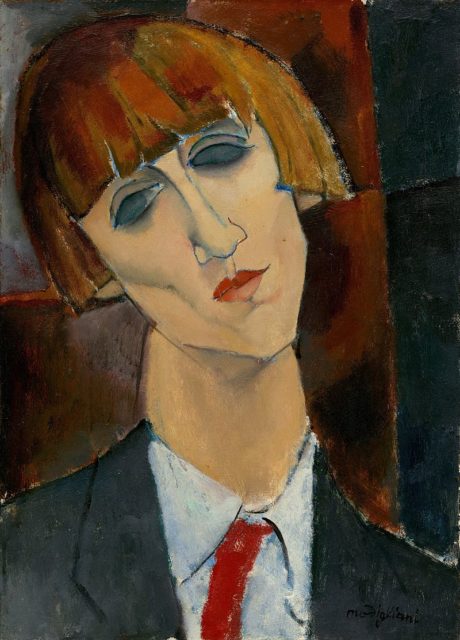
Although he lived a poignant life of constant self-destruction, many art critics claim that alcohol and substance abuse were instrumental in his artistic transformation.
Modigliani’s style developed under the influence of alcohol and drugs and some critics argue that he would have become a rather mediocre artist if he had remained sober.
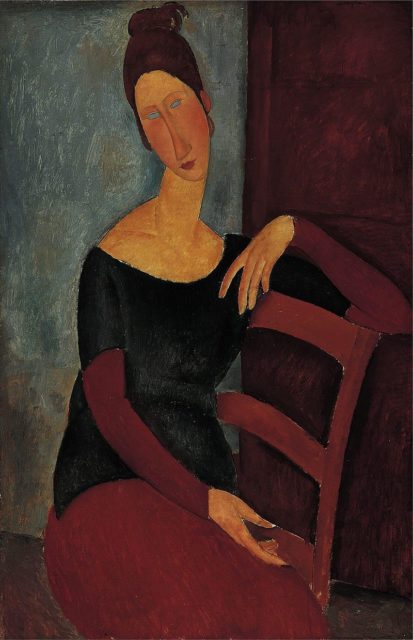
Modigliani used his bohemian lifestyle as a cover for something more sinister that plagued him since his teenage years. He contracted tuberculosis when he was 16, and in Paris, he concealed the symptoms of the disease by claiming his seizures were a result of alcohol abuse. Although alcoholics were marked as society’s underdogs, alcoholism was still considered as a socially acceptable issue. On the other hand, tuberculosis was a stigma that would separate Modigliani and force him into isolation.
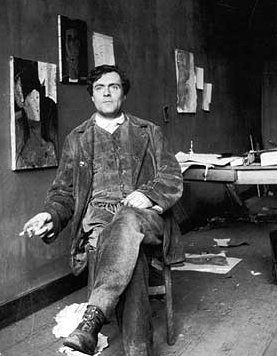
He finally succumbed to the disease in 1920, aged only 35. He died pennilessly but left behind a timeless legacy of extraordinary paintings that later established him as one of the greatest artists of the 20th century.
He also left behind his grieving fiancée Jeanne Hebuterne, who was so devastated by his death that she threw herself out of a fifth-floor window, killing herself and her unborn child.
